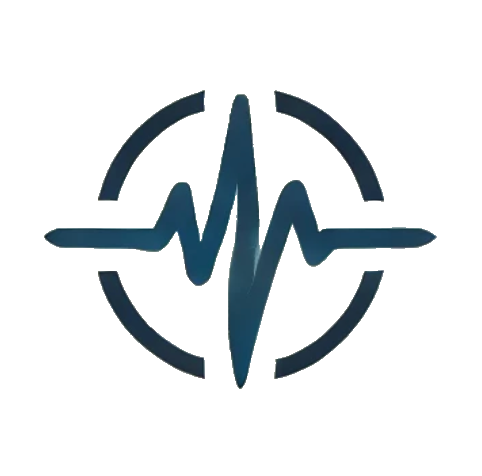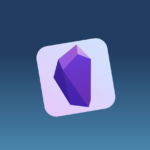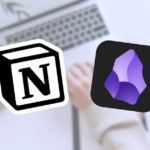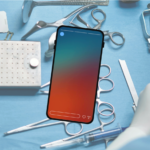Pursuing a medical degree in Canada comes with a hefty price tag. Annual tuition alone can range from $10,000 to over $25,000, a figure that doesn’t even include rent, food, transportation, or exam fees. It’s no surprise that many students graduate with six-figure debt.
To manage these costs, many students rely on Professional Student Lines of Credit (LOCs), a flexible form of borrowing offered by most major Canadian banks. While they serve the same general purpose, not all LOCs are created equal. Some offer higher borrowing limits, better repayment terms, or additional perks that can make a big difference for medical school and beyond.
In this post, we’ll break down how professional LOCs work, why they’re such a common choice for medical students, and how the offerings from Canada’s “Big Five” banks (Scotiabank, RBC, TD, CIBC, and BMO) stack up.
Wondering how much med school really costs? Check out our breakdown of the cost Canadian medical school, including tuition, living expenses, and hidden fees.
What is a Professional Student Line of Credit?
A line of credit is a pre-approved pool of funds you can draw from as needed, similar to a credit card, but with significantly better interest rates and higher limits. Unlike traditional loans, you’re not charged interest until you withdraw money, and you only pay interest on what you use.
Professional LOCs are tailored to students in high-cost professional programs like medicine. Because banks recognize the strong earning potential of future doctors, they offer generous limits, often up to $350,000 or more, with competitive interest rates and flexible repayment options.
This makes the LOC an essential financial tool for covering not only tuition, but also living expenses, exam fees, relocation costs for electives, and residency interviews.
Which specialties pay the most? Explore the most competitive medical fields and how their salaries stack up after years of intense training.

Comparing Medical Student Line of Credit vs Student Loan
While federal and provincial student loans are helpful, they have annual caps and might not cover your full expenses. LOCs, on the other hand, are:
- Flexible: Borrow only what you need, when you need it.
- Large enough to cover everything: Some go up to $400,000, far more than student loans.
- Low interest: Most offer Prime – 0.25%, which is often cheaper than other personal borrowing options.
- Interest-only during school and residency: You won’t start paying back the principal until years down the line.
How Line of Credit Interest Works
Interest begins to accumulate only when you start drawing money from your LOC. Most banks offer Prime – 0.25% interest, meaning your rate will float with the Bank of Canada’s prime rate.
During medical school and residency, most LOCs allow for interest-only payments. That means you’re not required to pay back any of the principal until you finish training.
Depending on the bank, this interest may be:
- Capitalized monthly: Added to your balance (increasing your debt).
- Paid monthly: You’ll be expected to pay the interest each month from your own funds. Paradoxically, you may need to borrow more from the LOC to pay off your interest.
It’s important to ask your bank how interest is handled so you can budget accordingly.
Do You Need a Line of Credit in Medical School?
If you’re planning to finance any part of your medical education, then the answer is likely yes. Government aid and scholarships rarely cover the full cost of tuition and living. A professional LOC gives you the financial breathing room to focus on your studies rather than stressing over rent or exam fees.
Even if you don’t plan to borrow much, having a LOC in place early can provide peace of mind and serve as a backup during unexpected expenses (like interview travel or exam retakes). If you have no need for any financing for your education, some of the perks you receive from opening a professional line of credit may be worth it as well, such as free premium chequing accounts, airport lounge access, travel insurance, or credit cards with annual fees waived.
Starting medical school soon? Here’s your guide to thriving in first year with practical study tips, mindset shifts, and managing the pressure.
Medical School Line of Credit Important Considerations
While most professional LOCs are structurally similar, there are a few key areas you’ll want to compare:
- Borrowing Limit: Does it cover your expected tuition and cost of living over 4+ years?
- Interest Rate: Most are Prime – 0.25% but confirm with your bank. Anything higher is a red flag.
- Repayment Terms: When does principal repayment start? Is there a grace period after residency? How long is this grace period? What is the repayment schedule like?
- Customer Service: Will you have a dedicated advisor who understands med student needs?
- Perks and Extras: Does opening a student line of credit provide free premium chequing accounts, travel credit cards, or access to financial planners?
1. Scotiabank
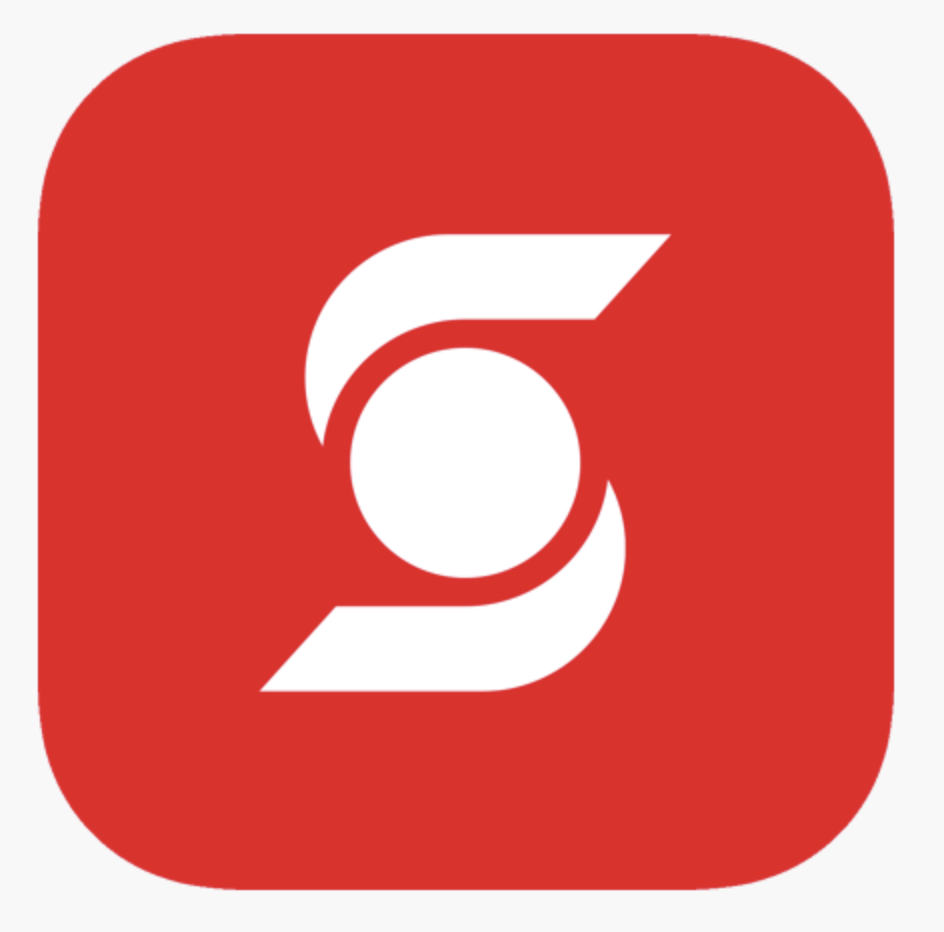
- Borrowing Limit: Up to $400,000
- Interest Rate: Prime – 0.25%
- Repayment Terms: Interest-only during school and residency; repayment begins 24 months after you finish residency
Scotiabank Banking Benefits
- Post-Training: Option to convert line of credit to a personal revolving line of credit or a business credit line post-schooling and residency
- Banking: Free Scotiabank Ultimate Banking Chequing account (unlimited transactions, unlimited e-transfers, no minimum balance, no monthly fees)
- Sign-up Bonus: None currently
- Financial Advising: Access to MD Financial Management advisors (Scotiabank owns MD Financial)
- Credit Card(s): Annual fee rebate on select credit cards
- Scotiabank Gold American Express offers high earn rates (up to 6x Scene+ points) on groceries, dining, and entertainment, no foreign transaction fees, extensive travel insurance, and up to 40000 Scene+ points for hitting qualifying spend
- Scotiabank Passport Visa Infinite offers up to 2x Scene+ points on common shopping categories, 6 free airport lounge visits per year, no foreign exchange fees, extensive travel insurance, and up to 40000 Scene+ points for hitting qualifying spend
Scene+ Points Value: Each point is worth up to 1¢, depending on type of redemption reward
Key Takeaways
Scotiabank offers a $400,000 line of credit at prime minus 0.25% and advertises the unique option to convert your medical line of credit into either a personal revolving credit line or a business credit line after residency. It also owns MD Financial Management, giving you exclusive access to specialized financial advisors focused on physicians. Their credit cards are travel-focused with strong Scene+ points earning potential, especially the Gold Amex with up to 5x points on dining and groceries and the Passport Visa Infinite with six free airport lounge visits annually and no foreign exchange fees.
Scotiabank is ideal if you want both high borrowing capacity and some of the best travel perks with flexible post-training credit options.
2. RBC
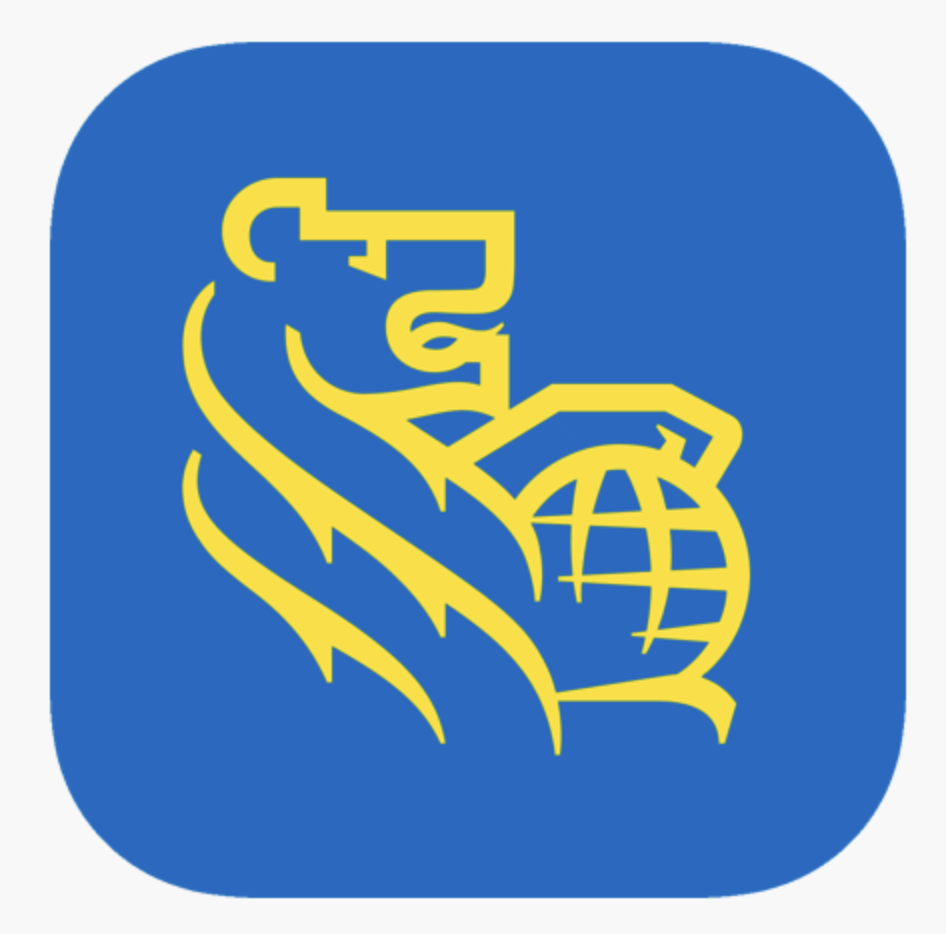
- Borrowing Limit: Up to $350,000
- Interest Rate: Prime – 0.25%
- Repayment Terms: Interest-only during school and residency; repayment begins 24 months after you finish residency
RBC Banking Benefits
- Post-Training: Continued access to line of credit after graduating from residency
- Banking: Free RBC VIP Banking Account (unlimited transactions, unlimited e-transfers, no minimum balance, no monthly fees)
- Sign-up Bonus: Apple Watch Series 10 when opening chequing account
- Financial Advising: Dedicated healthcare banking team for debt management and financial planning
- Credit Card(s): Annual fee rebate on select credit cards
- RBC Avion Visa infinite offers 1.25 Avion point for eligible travel purchases and 1 Avion point for all other purchases
- RBC Avion Visa Platinum offers 1 Avion point for all purchases
- Both credit cards offer savings at Petro-Canada and Rexall, 12-month Doordash benefit, comprehensive travel insurance, and up to 55,000 Avion points for hitting qualifying spend
Avion Points Value: Each point is worth up to 1.4¢, depending on type of redemption reward
Key Takeaways
RBC offers a $350,000 line of credit at prime minus 0.25% with continued access to a professional LOC after residency. RBC provides a dedicated healthcare banking team that understands the financial challenges of medical students and residents. The free VIP Banking account includes an Apple Watch Series 10 sign-up bonus. Their RBC Avion cards offer some of the best point values (up to 1.4¢ per point) and strong perks like DoorDash benefits and savings at Petro-Canada and Rexall pharmacies.
RBC is a great choice for those who want a unique sign-up perk, premium banking experience, and strong everyday practical rewards.
3. TD
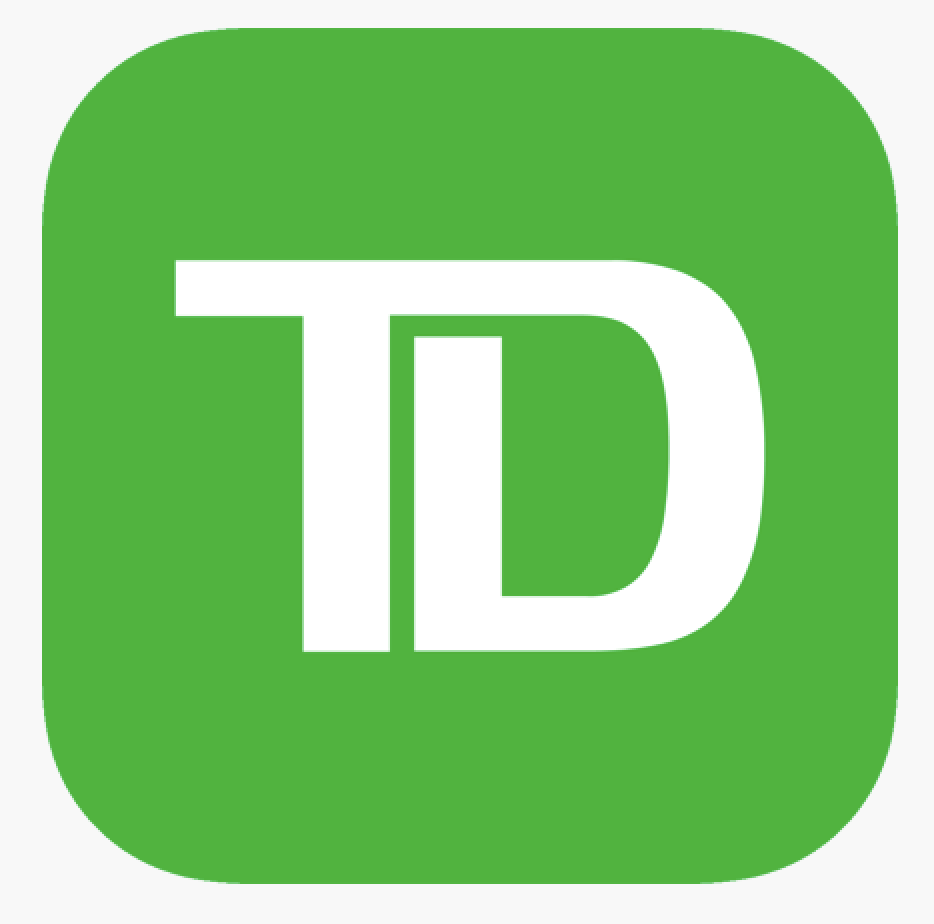
- Borrowing Limit: Up to $400,000
- Interest Rate: Prime – 0.25%
- Repayment Terms: Interest-only during school and residency; repayment begins 24 months after you finish residency
TD Banking Benefits
- Post-Training: Conversion to professional loan
- Banking: Free TD All-Inclusive Banking Plan (unlimited transactions, unlimited e-transfers, no minimum balance, no monthly fees)
- Sign-up bonus: $1000 cash offer
- Financial Advising: Access to TD wealth advisors
- Credit Card(s): Annual fee rebate on select TD credit cards, including TD Aeroplan Visa Infinite Card, TD First Class Travel Visa Infinite Card, TD Cash Back Visa Infinite Card, among others
- TD Aeroplan Visa Infinite offers 1.5 Aeroplan points per dollar on Air Canada, gas, and groceries and 1 point on other shopping categories, comprehensive travel insurance, free first checked bag, preferred pricing on Aeroplan flights, Aeroplan Family Sharing, with welcome bonus up to 40,000 points
- TD First Class Travel Visa Infinite offers 8x TD Points per dollar when booking through Expedia for TD and strong rates on groceries, dining, transit, and recurring bills, comprehensive insurance, four complimentary airport lounge visits, birthday TD reward point bonus, $100 annual Expedia credit, and welcome bonus of up to 85,000 TD Points
- TD Cash Back Visa Infinite offers 3% back on groceries, gas, transit, recurring bills, and streaming, 1% on other categories, travel insurance, deluxe TD Auto Club membership, and welcome bonus of 10% cashback on first $3,500 in eligible spending
Aeroplan Points Value: Each point is worth up to 1.4 to 2¢, depending on type of redemption reward
TD Rewards Point Value: Each point is worth up to 0.5¢, depending on type of redemption reward
Key Takeaways
TD provides a flexible line of credit of up to $400,000 at prime minus 0.25%. Unlike other banks, TD offers a unique $1,000 cash sign-up bonus. TD’s credit card options, such as the Aeroplan Visa Infinite or First Class Travel Visa Infinite, include excellent travel benefits like four complimentary airport lounge access, strong insurance coverage, free checked luggage, and generous welcome bonuses, depending on the credit card.
TD’s free all-inclusive banking plan and wealth advisor access make it a strong option for students who want a mix of immediate cash incentives, premium travel perks, and comprehensive financial planning services.
4. CIBC
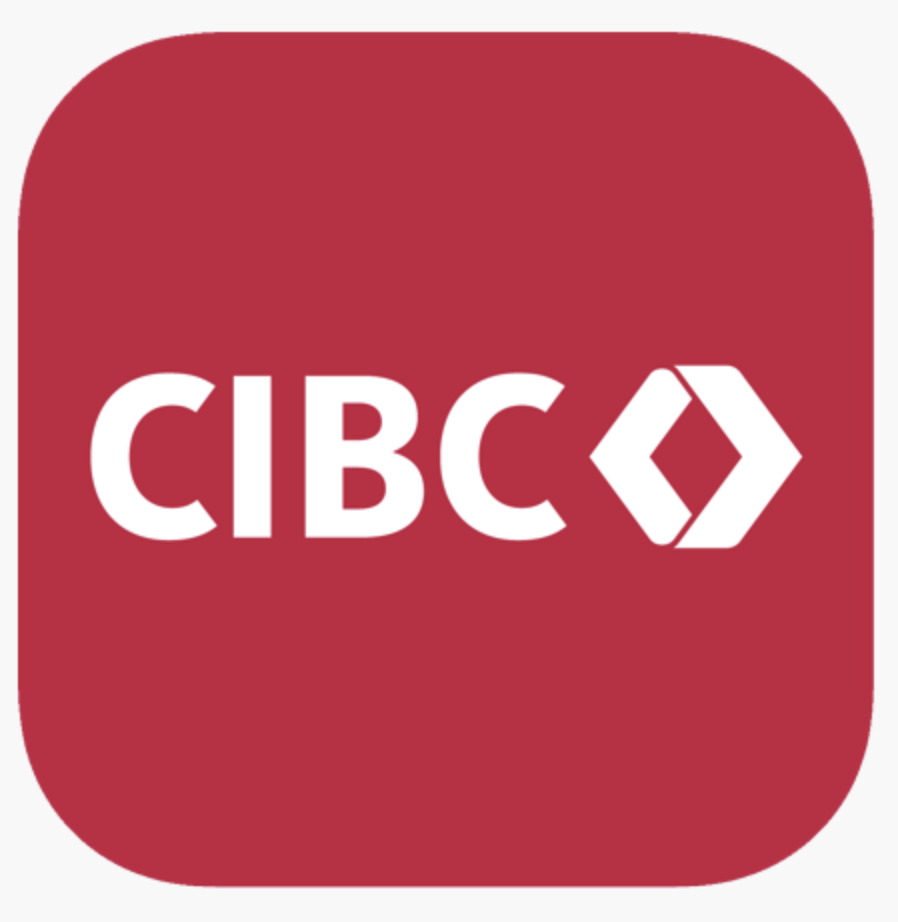
- Borrowing Limit: Up to $350,000
- Interest Rate: Prime – 0.25%
- Repayment Terms: Interest-only during school and residency; repayment begins 24 months after you finish residency
CIBC Banking Benefits
- Post-Training: Option to convert line of credit to a personal revolving line of credit or a business credit line post-schooling and residency
- Banking: Free CIBC Smart Plus Banking (unlimited transactions, unlimited e-transfers, no minimum balance, no monthly fees)
- Sign-up Bonus: Free SPC+ membership
- Financial Advising: Optional access to financial advisors
- Credit Card(s): Annual fee rebate on CIBC Aventura Gold Visa:
- Offers 2x Aventura points per $1 spent on travel booked through CIBC rewards centre, 1.5 points per $1 spent on gas, groceries, EV charging, and drugstores, 1 point per $1 spent on all other purchases, 4 complimentary visits to airport lounges, $100 NEXUS Application Fee Rebate, comprehensive travel insurance, and welcome bonus up to 35,000 points
- Up to 35000 Aventura Point sign-up bonus
Aventura Points Value: Each point is worth up to 1¢, depending on type of redemption reward
Key Takeaways
CIBC offers a $350,000 line of credit at prime minus 0.25%, and advertises the ability to convert your line of credit into a business credit line post-training. CIBC offers a free SPC+ membership as a sign-up bonus. Their Aventura Gold Visa card provides unique perks like a $100 NEXUS application fee rebate, four complimentary airport lounge visits, plus solid points earning on everyday categories like EV charging and drugstores.
CIBC’s package is best suited for those who want a balanced, straightforward package with useful travel perks and lifestyle benefits.
5. BMO
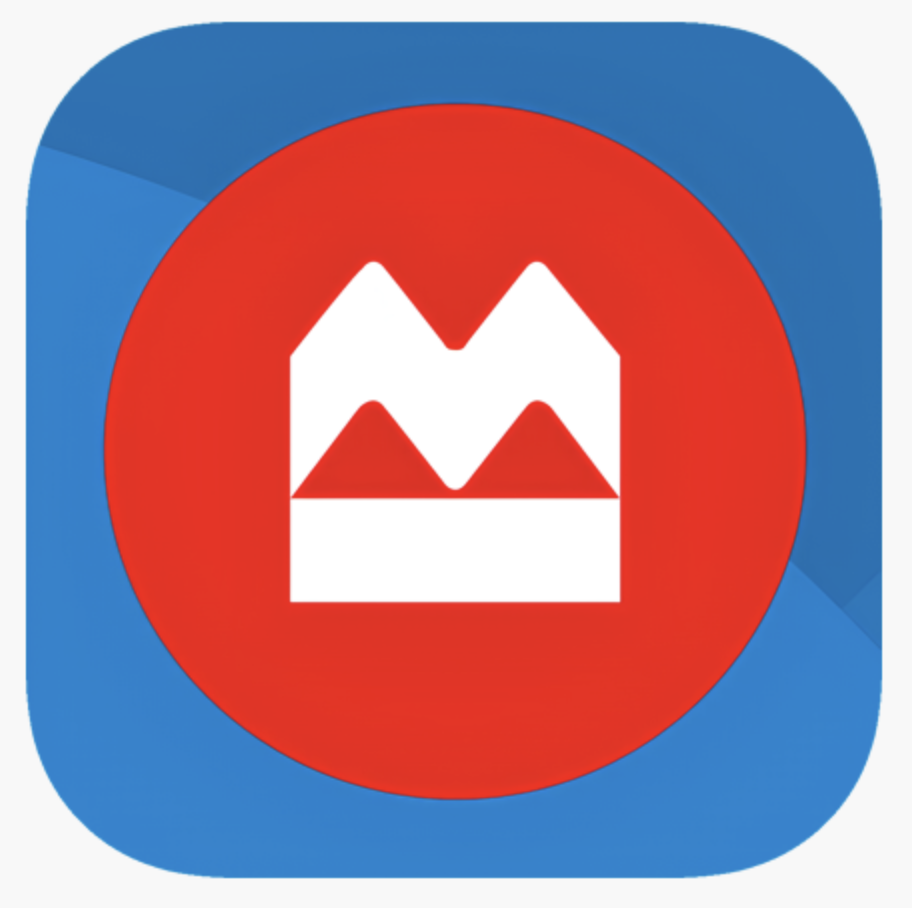
- Borrowing Limit: Up to $350,000
- Interest Rate: Prime – 0.25%
- Repayment Terms: Interest-only during school and residency; repayment begins 24 months after you finish residency
BMO Banking Benefits
- Post-Training: Not advertised whether converted to loan or revolving LOC
- Banking: Premium Chequing Account (unlimited transactions, unlimited e-transfers, no minimum balance, no monthly fees)
- Sign-up Bonus:
- $500 cash bonus for opening line of credit
- $125 cash bonus and six months of Domino’s pizza ($95 value) for opening chequing account
- Financial Advising: Access to BMO financial advisors
- Credit Card(s): No annual fee on Student BMO Cashback Mastercard:
- 3% cash back on groceries, 1% cash back on recurring bills, 0.5% cash back on all other purchases, rental card discounts, basic insurance, credit limit up to $10,000, and welcome bonus of 5% cash back on purchases during first 3 months (up to $125 in redemption value)
Key Takeaways
BMO offers up to $350,000 at prime minus 0.25%, with interest-only payments during school and residency. BMO provides multiple cash sign-up bonuses including $500 for opening a line of credit, $125 for a chequing account, plus six months of free Domino’s pizza. Their Student Cashback Mastercard is one of the few that offers a simple, cash-back rewards structure with 3% cash back on groceries, making it a good fit for students who prefer easy-to-understand rewards and straightforward cash value without needing to manage points.
BMO also emphasizes personalized service and flexibility, ideal for those wanting a friendly, practical, and less complicated financial package.
Other Considerations
When choosing a LOC, don’t just look at the numbers. Consider some of these important factors:
- Banking Relationship: Are you already with this bank? Some offer better terms to existing customers.
- Customer Service: From personal experience, a good financial advisor can make a huge difference. Ask around who specialize in banking with medical students/residents, or look for medical student testimonials.
- Perks That Matter: Free premium chequing accounts, travel cards, complimentary lounge access, or financial advice? Choose what fits your financial and lifestyle needs.
- Repayment Timeline: Do you need breathing room post-residency, or are you ready to start paying it off right away?
Considering a different route in healthcare? Learn about the top alternative healthcare careers, how long they take, and what kind of lifestyle they offer.
Final Thoughts
A professional line of credit is more than just a way to survive medical school. While all the major banks offer competitive packages, the “best” LOC is the one that fits your needs: the right borrowing limit, flexible repayment terms, strong support, and perks that actually matter to you whether for travel or lifestyle benefits.
If you can, talk to other students at your school, schedule meetings with several medical student advisors at major banks, and don’t be afraid to negotiate terms, especially if you’re a strong candidate or have a co-signer.
Remember: this is likely the largest amount of money you’ll borrow in your life, at least until home-purchasing. Choose wisely, plan ahead, and use the support available to you. Managing your debt smartly now will set you up for a much smoother transition when the training wheels come off when you become a financially independent physician.
Discover the best apps for medical students, including why Obsidian is perfect app for note-taking, including our quick guide to writing in Markdown.
